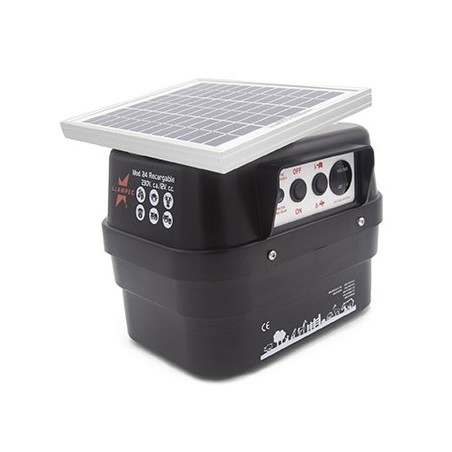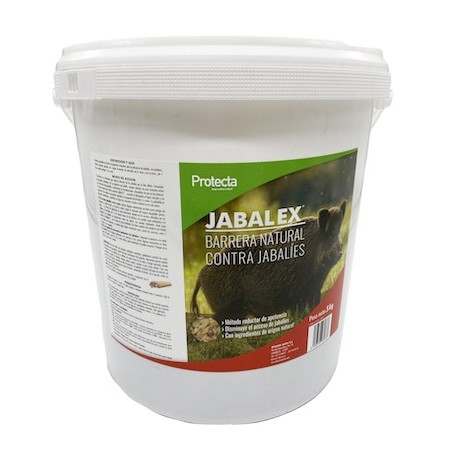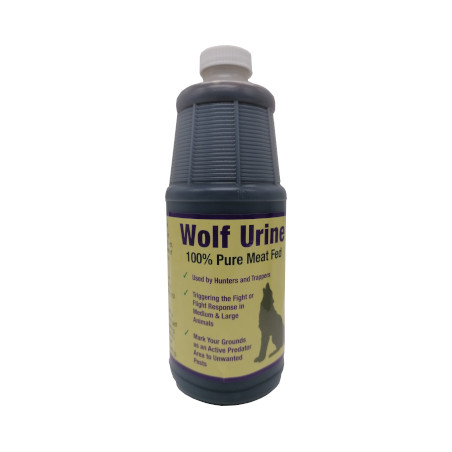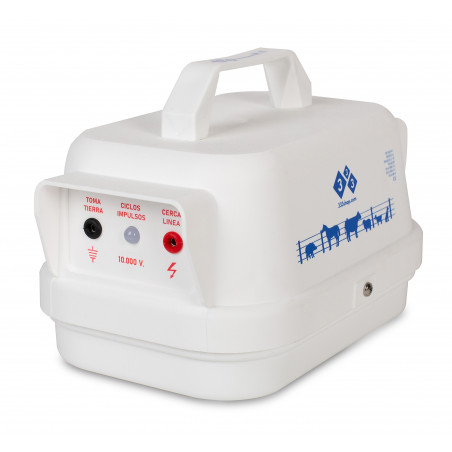During the period from 2010 to 2013, 8,239 serum samples were collected from feral swine across 35 U.S. states and tested against 45 contemporary antigenic variants of avian, swine, and human IAVs; of these, 406 (4.9%) samples were IAV antibody positive. Among 294 serum samples selected for antigenic characterization, 271 cross-reacted with ≥1 tested virus, whereas the other 23 did not cross-react with any tested virus. Of the 271 IAV-positive samples, 236 cross-reacted with swine IAVs, 1 with avian IAVs, and 16 with avian and swine IAVs, indicating that feral swine had been exposed to both swine and avian IAVs but predominantly to swine IAVs. Our findings suggest that feral swine could potentially be infected with both avian and swine IAVs, generating novel IAVs by hosting and reassorting IAVs from wild birds and domestic swine and facilitating adaptation of avian IAVs to other hosts, including humans, before their spillover. Continued surveillance to monitor the distribution and antigenic diversities of IAVs in feral swine is necessary to increase our understanding of the natural history of IAVs.
IMPORTANCE
There are more than 5 million feral swine distributed across at least 35 states in the United States. In contrast to domestic swine, feral swine are free ranging and have unique opportunities for contact with wildlife, livestock, and their habitats. Our serological results indicate that feral swine in the United States have been exposed to influenza A viruses (IAVs) consistent with those found in both domestic swine and wild birds, with the predominant infections consisting of swine-adapted IAVs. Our findings suggest that feral swine have been infected with IAVs at low levels and could serve as hosts for the generation of novel IAVs at the interface of feral swine, wild birds, domestic swine, and humans.

Martin BE, Sun H, Carrel M, Cunningham FL, Baroch JA, Hanson-Dorr KC, Young SG, Schmit B, Nolting JM, Yoon K-J, Lutman MW, Pedersen K, Lager K, Bowman AS, Slemons RD, Smith DR, DeLiberto T, Wan X-F. 2017. Feral swine in the United States have been exposed to both avian and swine influenza A viruses. Appl Environ Microbiol 83:e01346-17. https://doi.org/10.1128/AEM.01346-17








